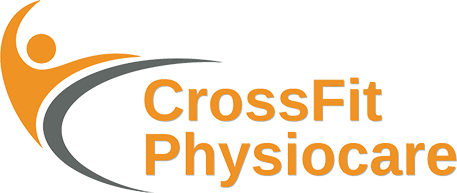
Post-Operative Surgical Rehabilitation
Post-operative surgical rehabilitation is a structured and personalized process that aims to aid recovery, restore function, and improve overall quality of life for individuals who have undergone surgery. The specific rehabilitation plan will depend on the type of surgery, the individual’s health status, and the goals of rehabilitation. It typically involves a combination of exercises, therapies, and interventions designed to optimize healing and restore physical function.
Goals of Post-Operative Surgical Rehabilitation:
Optimize Healing: Rehabilitation aims to support the body’s natural healing processes after surgery and prevent complications like infections and scar tissue formation.
Restore Function: Rehabilitation helps individuals regain functional abilities that may have been compromised by the surgery, such as walking, lifting, or performing daily activities.
Reduce Pain and Swelling: Proper exercises and modalities can help manage pain, reduce swelling, and improve joint mobility.
Improve Strength and Flexibility: Strengthening exercises help rebuild muscle strength, while stretching exercises improve flexibility and joint range of motion.
Promote Joint Stability: Therapeutic exercises and activities enhance joint stability and proprioception (awareness of body position).
Prevent Complications: Rehabilitation can prevent complications like muscle atrophy, joint contractures, and blood circulation problems associated with immobility.
Components of Post-Operative Surgical Rehabilitation:
Assessment and Evaluation: A thorough assessment is conducted to understand the individual’s medical history, surgical procedure, physical condition, and rehabilitation needs.
Individualized Treatment Plan: A customized rehabilitation plan is created based on the assessment findings and the individual’s goals.
Exercise Therapy: Range of motion exercises, strengthening exercises, and functional exercises are prescribed to gradually restore strength and movement in the affected area.
Manual Therapy: Techniques like joint mobilization, soft tissue mobilization, and manual stretching can aid in reducing pain and improving mobility.
Modalities: Various modalities like heat, cold therapy, electrical stimulation, ultrasound, and laser therapy may be used to manage pain and promote healing.
Balance and Proprioception Training: Exercises to improve balance and proprioception help prevent falls and enhance joint stability.
Gait Training: Individuals may need to re-learn proper walking techniques after lower limb surgeries.
Pain Management: Pain control strategies, including medication management, are integrated to ensure comfort during the rehabilitation process.
Post-operative rehabilitation often involves collaboration between multiple healthcare professionals, including surgeons, physical therapists, occupational therapists, nurses, and more. This collaborative approach ensures that the rehabilitation plan addresses all aspects of recovery and leads to the best possible outcomes.
Remember that each individual’s rehabilitation journey is unique. It’s important to follow the guidance of your healthcare providers, adhere to your rehabilitation plan, communicate any concerns or progress, and stay patient throughout the process. A well-structured post-operative rehabilitation program can greatly contribute to a successful recovery and improved functional outcomes.
- Daani Plaza E-595-596, 4th Floor, Ramphal Chowk Rd, Block E, Sector 7 Dwarka, New Delhi - 110075
- +91 99996 26251
- support@crossfitphysiocare.com
How can we help you?
If you are looking for the best and nearest physiotherapist, then click below to message us on WhatsApp.
